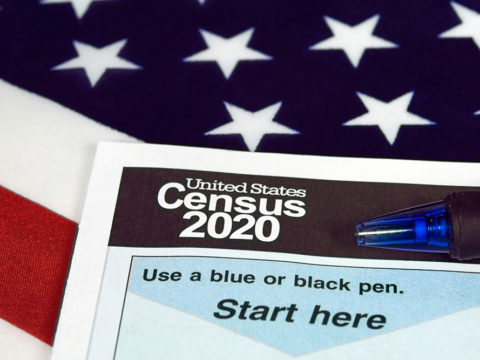The North Star in Data Innovation
This article was originally published in the Q3Q4 2016 GRIT Report
The last year has been a year of transition for us at Simmons as we’ve adjusted to life as a stand-alone company (after our sale from Experian). Over the last 12 months, we’ve spent a lot of time working with our clients to dig into their current challenges, and one of the biggest is navigating the ever-expanding world of data. This year’s GRIT survey reveals that, in the year ahead, 57% of buyers and 56% of providers plan to increase their use of integrated data sets (multiple data sources combined with primary research). Not only is the use of integrated datasets growing, but also the challenge to develop best practice methodologies to merge these datasets efficiently, accurately, and at at-scale. While the fusing of disparate data sources can seem challenging, it offers unique opportunities to us as researchers. It’s our responsibility to ensure that, among all this data, we can uncover the real insights versus the noise resulting from the data source itself.
How do we control this noise and ensure we’re getting to the insights we need? The answer is in measurement science – the juxtaposition of measurement methodology and measurement technology – by applying best practices in measurement methodology to fast-moving, often imperfect data captured passively. A measurement science approach relies on getting a baseline measurement of consumers using superior sampling, weighting, and questionnaire design that includes core demographic and psychographic measures. No doubt, this kind of effort is resource-intensive, but it lays the foundation to calibrate virtually any other large scale dataset and ensure it aligns with a common set of variables that are deemed to be representative of a consumer population. At Simmons, we maintain a current, trendable, and high-quality dataset called the National Consumer Survey, and it is our North Star. It’s our benchmark of US adults’ demographics, psychographics, and key behaviors, and it informs every other survey we field, every model we develop, and every client interaction. It allows us to be nimble when clients want to get to a single version of the truth across disparate datasets, and it ensures that we are protecting our most valuable natural resource – respondents. By linking datasets using what we already know to be high-quality baseline data, we reduce the need to go back and ask respondents questions to which we already have the answers, and we give ourselves and our clients more latitude to enhance their data strategically, rather than starting from scratch.
Historical GRIT data, and our everyday client conversations, confirm that large-scale data remains a cornerstone of market research. As our industry works to keep pace with an expanding and diverse universe of available data, we are obligated to ensure that data innovations reflect our industry’s high standards of quality and methodological rigor. For that, our industry needs its North Stars.



